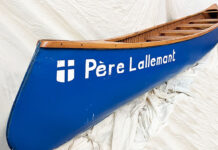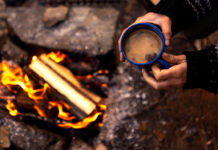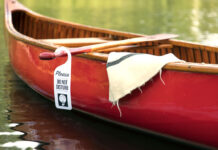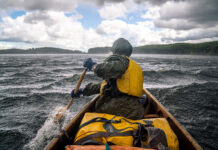In the summer of ’67, there were canoes going this way and that way in this nation of rivers for Canada’s 100th birthday to show where we had come from and presumably to indicate some kind of water-borne hope for the future.
The Centennial Voyageur Canoe Pageant involved elite teams of mosty white men from eight provinces and two territories racing from Rocky Mountain House on the continental divide in Alberta to Expo ’67 in Montreal. At the time it must have seemed a fine thing to do. Marking 100 years of nationhood on the rivers that opened the country to the fur trade. Today, I’m not so sure.
Canada 150: Is canoe culture appreciation or appropriation?
Fifty years later, Canada is a much more diverse idea, enriched by immigration but also by a much stronger sense of a country built through partnership with First Nations’, Métis and Inuit communities from coast to coast to coast. Some are asking whether it is still appropriate for elite clutches of largely white males to flex their muscles on behalf of all Canadians on a similar race from one side of the country to the other. Thankfully, that’s not at all what’s being planned.

This summer the Canada 150 Voyageurs Rendezvous is planning to re-enact aspects of the Centennial Voyageur Canoe Pageant. At the top of the list of benefits in a media release put out by the Honourable Amarjeet Sohi, Minister of Infrastructure and Communities, is how this project will include Canadian activities and workshops that highlight Indigenous cultures, wrapped into the main sesquicentennial themes: diversity and inclusion, national reconciliation, environment and youth engagement.
The canoe binds us to each other and to this geography called Canada
Some may worry that the canoe is just a symbol of ongoing conquest or worse, an idea or invention wrenched from First Nations by capricious agents of the fur trade. If used sensitively and collaboratively the canoe continues to be purposed or re-purposed if we have strayed, as a unifying force.
It has been and remains an unparalleled opportunity to learn from and about each other through an activity that is as restorative for our heads and hearts as it is for our bodies and souls. As history has shown canoeing is an activity that engages the whole person. Who we were, who we are and who we can be.
The prettiest congregation of nations, the nicest confusion of tongues
Hudson’s Bay Company Governor Sir George Simpson observed this sentiment on one of his self-propelled journeys travelling in a bateau, westward from Lachine, Quebec to Astoria at the mouth of the Columbia River on the coast of Oregon.
“As curious a muster of races and languages as perhaps had ever been congretated within the same compass in any part of the world. Our crew of 10 men contained Iroquois, who spoke their own tongue; a Cree half-breed of French origin, who appeared to have borrowed his dialect from both of his parents; a North Briton, who only understood the Gaelic of his native hills; Canadians who, of course, knew French; and Sandwich Islanders, who jabbered a medly of Chinook and their own vernacular jargon. Add to all this that the passengers were natives of England, Scotland, Russia, Canada, and the Hudson’s Bay Company’s territories; and you have the prettiest congregation of nations, the nicest confusion of tongues, that has ever taken place since the days of the tower of Babel.”
This summer there will be a host of other less publicized canoe escapades linking people and places across the country. Many of these canoe-born celebrations will be less about the actual kilometres conquered and more about all of the backgrounds and ethnicities, consciously getting into the same boat and pulling together toward the future.
James Raffan is the captain of the Connected by Canoe Journey that is travelling in May 2017 from Peterborough to Ottawa. His column, Tumblehome, is a regular feature in Canoeroots magazine.
Feature photo: Glenn A. Fallis



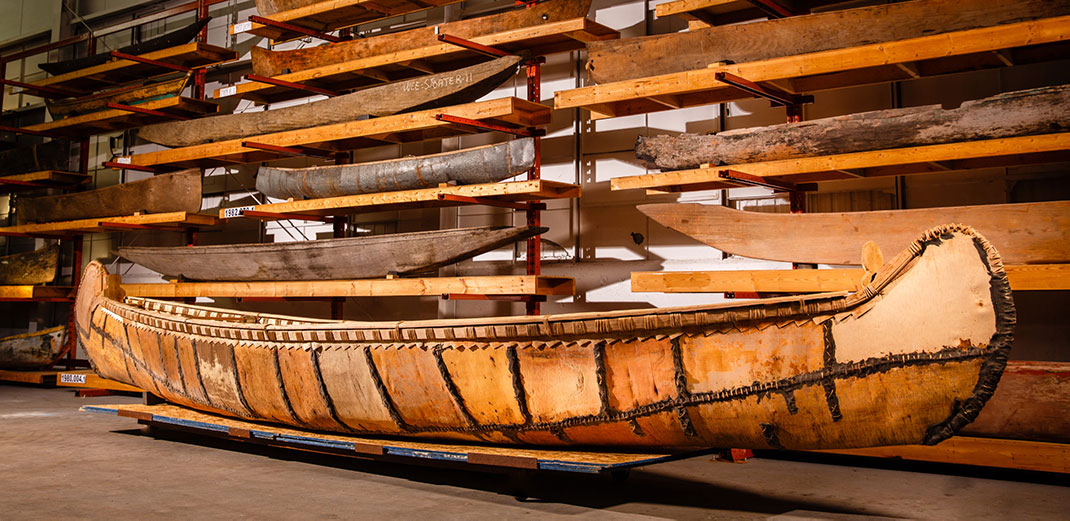
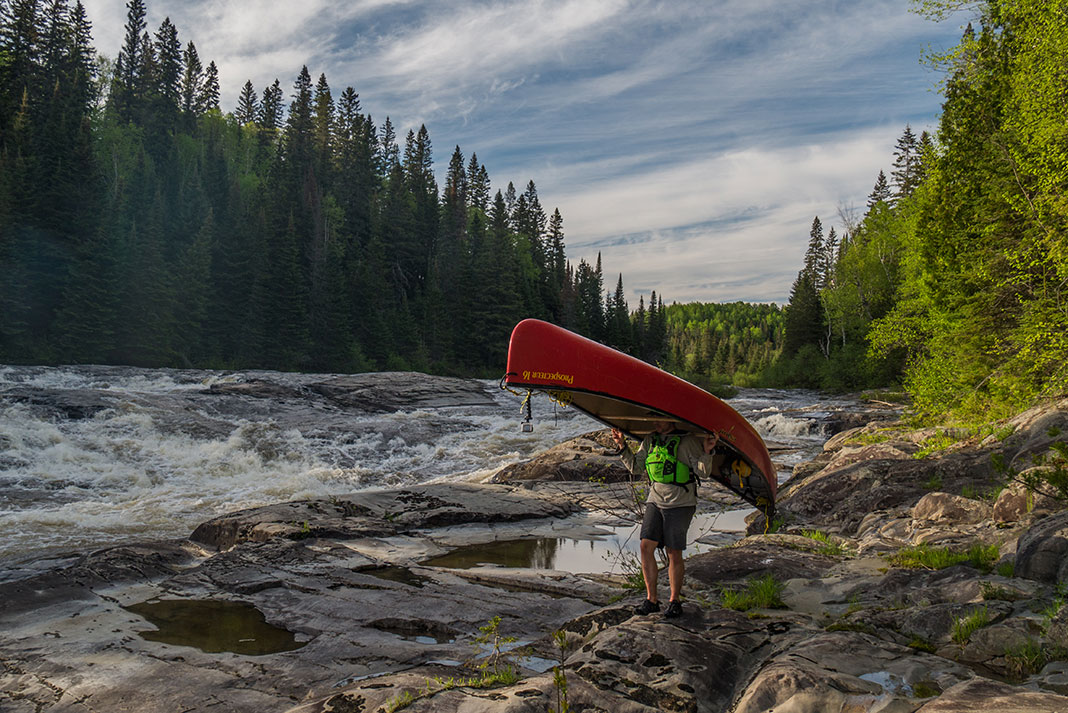
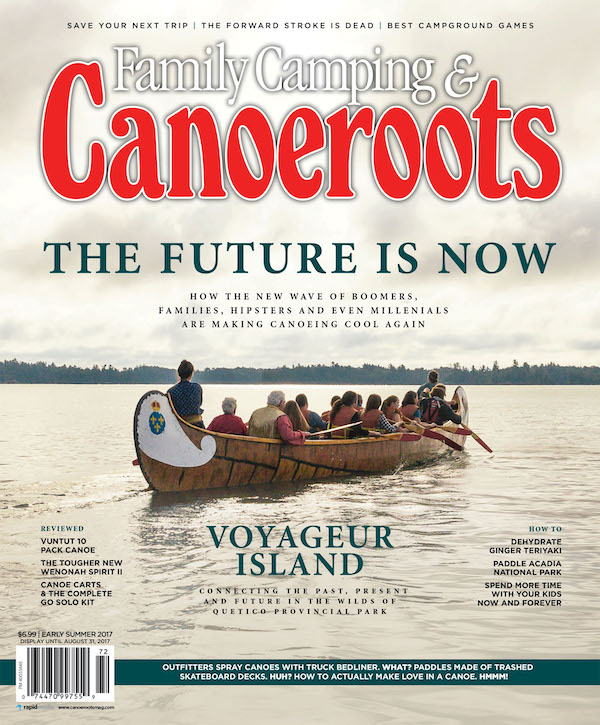 This article was first published in the Early Summer 2017 edition of Canoeroots Magazine.
This article was first published in the Early Summer 2017 edition of Canoeroots Magazine. 
